Exploring the vast expanse of the open sea, where adventure meets artistry, nautical adventure photography captures the essence of thrill, beauty, and discovery. For those who cherish the allure of the ocean and its untamed landscapes, this unique form of photography offers a way to freeze time and preserve the unforgettable moments of voyages past. Whether you’re an amateur eager to improve your skills or a seasoned photographer seeking fresh inspiration, mastering the techniques of nautical adventure photography can elevate your craft and leave a lasting impression of the world’s most breathtaking maritime vistas. From the grandeur of towering sailboats to the serene tranquility of calm seas, every shot tells a story of exploration and connection to the sea. In this guide, we’ll delve into the secrets of capturing stunning vessels, scenic horizons, and the magic of the open water, arming you with expert tips and insights to create photographs that truly resonate.
Key Takeaways
– Master Essential Gear: Invest in a high-quality camera, wide-angle lens, tripod, and lighting setup to handle diverse marine environments.
– Compose Effectively: Use leading lines, focal points, and vibrant colors to create dynamic and depth-rich nautical compositions.
– Time Your Shots Perfectly: Capture golden hours for soft lighting and dramatic silhouettes, while incorporating low tide or high tide for unique textures.
– Tell a Story Through Your Lens: Focus on cultural contexts, emotional connections, and dramatic moments to add depth and meaning to your photos.
– Enhance Post-Capture: Edit for mood, convert to black and white, and frame scenes to highlight your favorite elements, guiding viewer focus.
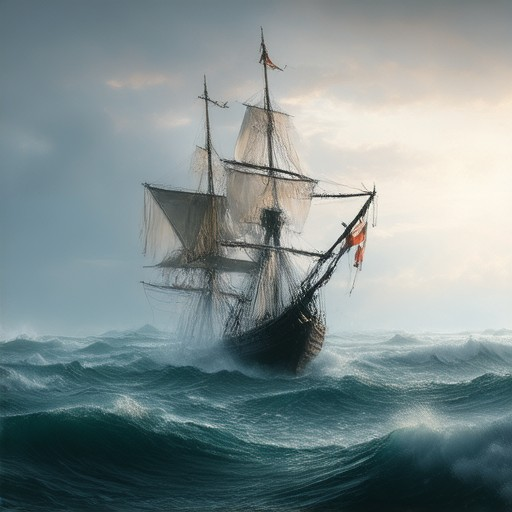
How to Capture the Thrill of a Nautical Adventure Through Photography
Embracing the spirit of exploration and adventure, nautical photography offers a unique perspective to capture the essence of the open sea. Whether you’re documenting a serene sunset over the horizon or the rugged beauty of a rocky coastline, here are expert tips to elevate your photography and immerse yourself in the thrilling world of sailing adventures.
1. Choose the Right Equipment
Your camera is your most valuable tool. Opt for a lightweight, durable DSLR or mirrorless camera to navigate effortlessly on board a vessel. A wide-angle lens is ideal for capturing the vast expanse of the ocean, while a telephoto lens can help zoom in on distant subjects like birds or ships. Don’t forget accessories like a sturdy tripod and waterproof casing to protect your gear from the elements.
2. Time Your Shots Perfectly
The magic hour, or the golden hour, is the perfect time to photograph the sea. During these periods, the light is soft and warm, creating dramatic skies and long shadows that enhance the atmosphere. Capture the sunrise or sunset to see the sky painted in vibrant hues of orange, pink, and purple. Midday light can be harsh, so aim for early mornings or late afternoons for softer lighting.
3. Explore Unique Vantage Points
Get off the beaten path and seek out lesser-known coves, hidden beaches, or isolated islands. These spots often offer unparalleled views and unique perspectives. Consider visiting remote sailing destinations like the British Isles, the Caribbean, or the fjords of Norway, where the scenery is as impressive as the journey itself.
4. Engage with the Environment
Connect with the elements and let your surroundings inspire your creativity. Pay attention to the movement of the waves, the reflection of sunlight on the water, and the interaction between land and sea. Experiment with compositions that emphasize texture, like the patterns formed by sand and water or the intricate details of a shipwreck.
5. Learn from Expert Photographers
Seek out workshops, online courses, or communities dedicated to sailing photography. Platforms like Sailing Photo Awards showcase exceptional work and provide valuable insights. Study the techniques of award-winning photographers to refine your style and master the nuances of nautical photography.
6. Post-Processing Magic
After capturing your shots, bring out the best in your photos during post-processing. Use editing software to adjust colors, remove unwanted objects, or enhance the mood of the scene. Techniques like HDR can help capture the dynamic range of a setting sun or stormy sky, while careful color correction can ensure your photos look as vivid as they feel.
7. Share Your Passion with Others
Join online forums, social media groups, or local photography clubs to share your nautical adventures. Platforms like Instagram and Flickr are great spaces to connect with fellow enthusiasts and gain feedback on your work. Participate in challenges or contests, like the annual Sailing Photo Awards , to challenge yourself and discover new opportunities.
By embracing these tips and immersing yourself in the world of nautical photography, you’ll not only capture stunning images but also experience the thrill of exploring uncharted waters. Remember, the journey is as much a part of the adventure as the destination itself.
How Can You Capture the Magic of a Nautical Adventure Through Photography?
Here are expert tips to help you capture the essence of a nautical adventure through photography:
- Plan Ahead : Research your destination thoroughly. Study the weather patterns, tides, and lighting conditions to find the perfect moments for photography. Consider the time of day and how it affects the atmosphere of the scene.
- Composition Techniques : Use leading lines, symmetry, and perspective to create visually striking compositions. Capture the vastness of the ocean by including small boats or distant lighthouses to add scale and depth to your shots.
- Capture the Mood : Experiment with different moods by adjusting your camera settings. Use dramatic skies, rolling waves, or serene sunsets to evoke emotions that reflect the spirit of adventure.
- Timing is Key : photograph during golden hours for soft, warm lighting that enhances the beauty of the coastline and sails. Early mornings or late afternoons often provide the most magical moments.
- Storytelling Through Photos : Include elements that tell a story, such as a lone sailor, a fishing boat, or a lighthouse. These subjects add character and narrative to your photos, making them more engaging.
- Post-Processing : Use editing software to enhance your photos. Adjust colors to reflect the mood of the scene, remove unwanted objects, and fine-tune the details to bring out the textures of the sailcloth and the ocean.
Explore more nautical photography inspiration and tips on Sailing Photo Awards .

How to Capture the Spirit of a Nautical Adventure Through Photography
To capture the essence of a nautical adventure through photography, consider the following approaches:
1. Focus on Composition
- Utilize leading lines and symmetry to create visually striking images.
- Experiment with perspectives, such as low-angle shots to emphasize the vastness of the sea.
2. Incorporate Lighting Strategies
- Capture dramatic moments with golden hour lighting, which adds warmth and depth to your photos.
- Use available light to highlight textures like waves, sails, and wood.
3. Storytelling Through Context
- Frame shots that tell a story, such as a lone boat against a sunset or a crew working together on deck.
- Include elements like weathered ropes, lighthouses, or shipwrecks to evoke a sense of history.
4. Leverage Color and Contrast
- Use vibrant colors to reflect the energy of the ocean and skies.
- Play with contrasts between bright blues and muted tones to create mood.
5. Explore Unique Angles
- Get close to your subject, such as a drop of water on a sail or a bird flying alongside a ship.
- Capture macro details to reveal hidden beauty in everyday nautical elements.
6. Document the Journey
- Take behind-the-scenes shots of the preparation process, from setting sails to navigating rough waters.
- Show the connection between the crew and their vessel, emphasizing teamwork and dedication.
7. Experiment with Motion
- Freeze-frame action shots of sailors hoisting sails or waves crashing against the boat.
- Capture movement in the environment, like the reflection of a ship on the water.
8. Seek Inspiration from Sailing Photo Awards
- Explore the Sailing Photo Awards gallery for award-winning photographs that exemplify nautical themes.
- Gain insights and tips from professional photographers who specialize in sailing imagery.
By combining these techniques, you can create photographs that not only capture the beauty of the sea but also convey the excitement and adventure of a nautical journey. Whether you’re documenting a casual cruise or a thrilling race, your images will resonate with anyone who shares a passion for the open water.
For more resources and inspiration, visit Sailing Photo Awards to discover galleries, tips, and community stories that celebrate the art of sailing photography.
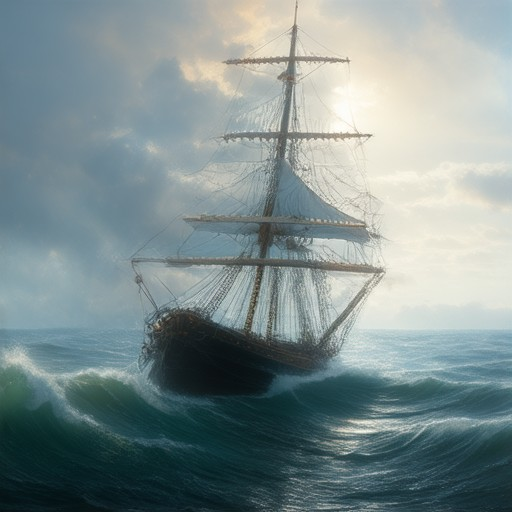
How to Capture the Essence of a Nautical Adventure Through Photography
Photography is a powerful medium to capture the spirit of a nautical adventure. Whether you’re documenting a solo voyage or a crew-based expedition, the right approach can transform ordinary moments into extraordinary memories. Here’s how to make your photography stand out:
Essential Gear for the Journey
- Camera Equipment: A high-quality camera with a wide-angle lens is ideal for capturing vast seascapes. Consider a tripod for stability, especially on moving vessels.
- Lighting Setup: Natural light is your best friend, but a portable flash can help illuminate details during golden hours or overcast days.
- Batteries and Storage: Ensure you have ample battery power and enough storage space for capturing thousands of memorable shots.
Composition Secrets for Nautical Themes
- Leading Lines: Use the horizon or rigging to lead the viewer’s eye through the frame, creating a sense of movement and depth.
- Focal Points: Highlight key elements like sails, waves, or the vessel itself to draw attention and tell a story.
- Color and Contrast: Play with the vibrant colors of sunsets, stormy skies, or the reflection of the boat on the water.
Timing Is Everything
- Golden Hours: Capture the soft, warm light of dawn or dusk to create dramatic shadows and rich color tones.
- Low Tide or High Tide: These moments can reveal hidden textures in the landscape, adding unique perspectives to your photos.
- Weather Conditions: Use mist, fog, or rain to add mood and atmosphere, transforming ordinary scenes into ethereal experiences.
Telling a Story Through Your Lens
- Cultural Context: Incorporate local traditions, shipwrecks, or historical landmarks to give your photos deeper meaning.
- Emotional Connection: Capture the emotions of your subjects—whether it’s the excitement of a first-time sailor or the calm resolve of a seasoned crew.
- Dramatic Moments: Freeze-frame action shots, like a wave crashing over the bow or a bird taking flight, can make your photos unforgettable.
Post-Capture Enhancements
- Edit for Mood: Use software to adjust colors, contrast, and lighting to evoke the right emotions in your photos.
- Black and White Conversion: Sometimes, stripping away color can emphasize texture and shape, creating a timeless aesthetic.
- Frame the Scene: Experiment with cropping and aspect ratios to highlight your favorite elements and guide the viewer’s focus.
By combining technical skills with a keen eye for detail, you can create photographs that truly capture the essence of a nautical adventure. Remember, every shot tells a story, so let your passion for the sea guide your creativity.
Capturing the Journey of a Nautical Adventure Through Photography
To capture the essence of a nautical adventure through photography, consider the following steps and strategies:
1. Essential Gear for Nautical Photography
- Camera Equipment : Use a high-quality camera with excellent low-light capabilities. Consider options like the Canon EOS R series or the Nikon Z series .
- Lenses : Opt for wide-angle lenses for capturing vast ocean landscapes and telephoto lenses for zooming in on distant subjects.
- Accessories : Bring along a sturdy tripod, underwater housing (if diving), and extra batteries.
2. Techniques for Capturing the Perfect Shot
- Composition : Utilize leading lines, symmetry, and rule of thirds to frame your shots effectively.
- Timing : Shoot during the golden hour for soft, warm lighting and dramatic silhouettes.
- Lighting : Pay attention to natural light conditions and experiment with shadows to add depth to your photos.
- Panning : Capture motion with fast-paced shots by using a panning technique.
3. Iconic Locations for Nautical Adventures
- Caribbean Sea : Known for its crystal-clear waters and vibrant marine life.
- Norwegian Fjords : Explore dramatic landscapes and fjords with towering cliffs and cascading waterfalls.
- Great Barrier Reef : Snorkel or dive among colorful coral reefs teeming with marine biodiversity.
4. Storytelling Through Photography
- Capture the Atmosphere : Use your lens to reflect the mood of the journey—serenity, excitement, or mystery.
- Cultural Elements : Document local traditions, boat-building techniques, and interactions with coastal communities.
- Emotional Connection : Experiment with perspectives like a child’s viewpoint or a first-time sailor’s eyes to add depth.
5. Post-Processing and Sharing
- Edit your photos using software like Adobe Lightroom to enhance colors and details.
- Share your work on platforms like Instagram or Flickr to connect with fellow photography enthusiasts.
- Consider submitting your best shots to competitions like the Sailing Photo Awards to showcase your talent.
By combining technical skills with a keen eye for detail, you can transform ordinary moments of a nautical adventure into extraordinary visual narratives.
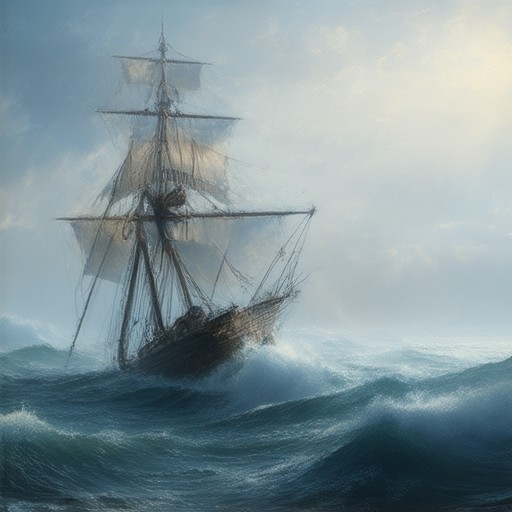
What Are the Best Tips for Capturing Stunning Nautical Adventures Through Photography?
- Research and Plan Thoroughly: Before setting sail, study the location, weather patterns, and seasonal changes that could affect your shots. Understand the characteristics of the vessel, crew, and surroundings to tell a compelling story.
- Equip Yourself Properly: Invest in a high-quality camera, lens, and tripod. Consider bringing extra batteries, memory cards, and waterproof gear suitable for marine environments. A sturdy tripod ensures stable shots even on rough waters.
- Time Your Shots Perfectly: Capture the golden hours (dawn and dusk) for soft, directional light that enhances textures and colors. Avoid midday sun, which can cause harsh shadows and flatten tones.
- Compose Thoughtfully: Use leading lines, rule of thirds, and symmetry to create visually appealing compositions. Incorporate foreground elements like waves, reflections, or boat details to add depth and interest.
- Experiment with Angles and Perspectives: Shoot from various angles, including low-angle shots that emphasize the vastness of the sea. Capture unique perspectives, such as from the bow, deck, or looking up towards the mast.
- Engage with the Environment: Interact with the scene by talking to crew members, asking them to pose, or letting them go about their tasks naturally. This builds authenticity and tells a story behind the image.
- Edit Carefully: Post-process your photos to enhance color balance, contrast, and sharpness. Remove unwanted distractions and adjust exposure to bring out details. Use software tools to fine-tune your vision.
Conclusion
Capturing stunning nautical adventures requires a blend of preparation, creativity, and patience. By focusing on research, equipment, timing, and composition, you can create photographs that truly showcase the beauty and essence of the open sea. Remember, every shot tells a story, so let your passion for photography guide you to remarkable captures.
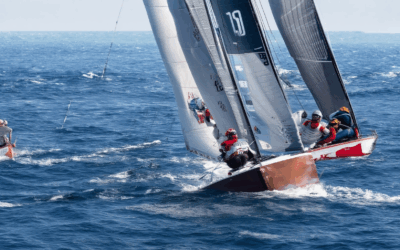
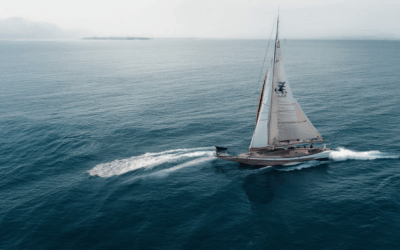
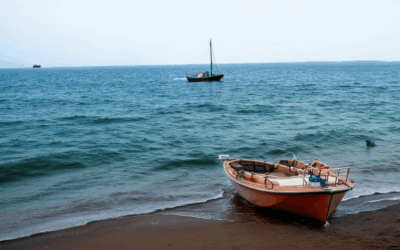
0 Comments